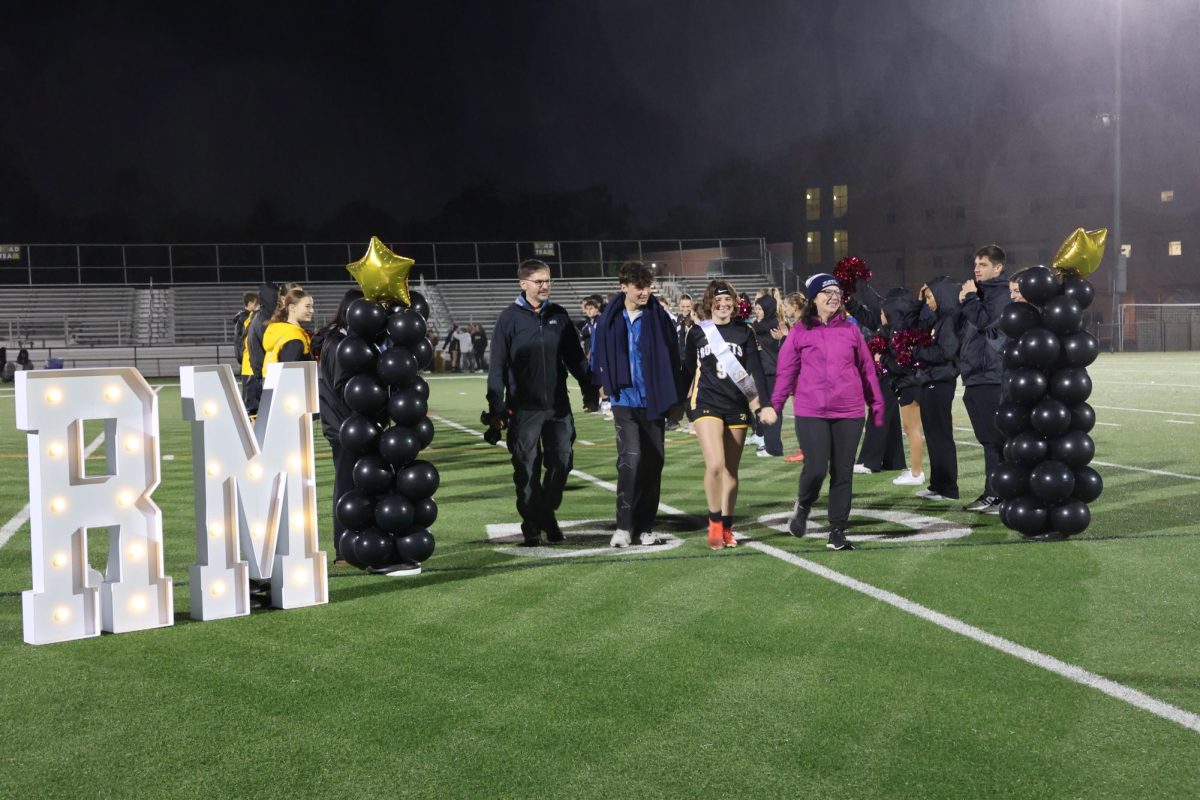
When imagining Disney, joy likely immediately floods one’s mind. Beautiful memories of the pure days of childhood can be reminisced upon, with iconic films, shows and characters that instilled happiness, taught lessons and brought an enormous amount of color to the world. Though often created for a younger demographic, the productions are thoughtfully formulated, with relatable character struggles and dilemmas that all ages can relate to. As a result of the quality and concepts, the money followed Disney in droves, creating a multi-billion dollar industry that reigned supreme in cinema. So why is that success fading away?
Disney is evidently still an influential and dominant corporation. But according to The New York Times, their stock is down 56 percent and they have lost $512 million on the streaming service Disney Plus alone. With America attempting to become more progressive in its viewpoints, contrasting opinions are always manifested into being discriminatory and hurtful as quoted from TU Delta, “in the wake of the woke movement, the cancel culture is emerging, a type of excessive political correctness that attempts to silence people with unwelcome opinions.”
Therefore, out of fear of being canceled, which can result in consequences such as job loss and social ostracization, one type of ideology is constantly pushed in articles, speeches and now even movies, something Disney has been completely obsessed with to be seemingly modern.
As a result of rising women empowerment movements, Disney has continued to solely portray female roles as warriors and powerful leaders like in the productions of “She-Hulk” and “Captain Marvel,” which has been negatively received by people of all backgrounds and origins. However, contrary to claims of misogyny and non-inclusivity of critics, other characters that were created similarly such as Black Widow, Scarlet Witch and the cartoon Mulan were greatly received. So what makes them different?
The main reason is the personalities of these modern female characters, women who are seemingly perfect individuals, with shallow, haughty personalities and neither flaws nor challenges that they don’t immediately overcome. They are written extremely two-dimensionally, claiming that to be portrayed as a strong woman, one needs to fit a specific role and constantly radiate confidence and invincibility, something that isn’t representative and attainable by the average female.
Additionally, they are made to never have meaningful emotions, love for another or a desire to become a wife and a mother, almost as if these acts imply weakness. Contrary to these points, freshman Ariana Rao said, “The idea of raising or having a family is really hard. Wanting to have a family means they have to go through childbirth which is in itself a really difficult task…it is a portrayal of a strong woman because it shows that they are willing to do that to create and raise a family.”
The actress Elle Fanning, who played Aurora in the live-action “Maleficent,” has even publicly voiced her opinion about such controversies with similar statements. Fanning said, “I think it’s a nice message to tell women, it’s okay to be comfortable in your femininity. Kindness is not weakness – it’s quite the opposite.”
She has also spoken about the personality of Aurora, a character that most of modern society views as anti-feminist because she mainly dreams of a significant other in her life, stating that “Aurora is a very romantic princess – she dreams of being married and becoming a mother – and there’s nothing wrong with that. It doesn’t make a woman less strong because she wants that. I think that’s actually a very modern take.”
Much of Disney’s issues also stem from recent sequels and live actions that utilize the same characters and names to garner attention, while drastically altering the stories to push political agendas, shown by the racial swapping of existing characters. The negative comments aren’t solely because of having actors of various ethnicities playing traditionally white roles, it is an issue of sacrificing quality, content, and messaging.
To expand on this claim, Rao has also said, “Having a diverse cast is a great thing, but if the actors or actresses aren’t that good but they are diverse, that isn’t fair to the other actors who maybe don’t have that much of a diverse background but are still a better choice for acting.”
This statement is comparable to Disney’s constant act of checking certain boxes for liberal ideologies to be showcased when mindlessly swapping the ethnicities of characters and claiming that to be a representation of diversity. Audiences just desire creative tales, and only with new innovative stories, diversity of thoughts and actors can be incorporated into plots to ensure a high caliber of quality that isn’t forced, approached half-heartedly and made to be the central purpose.














